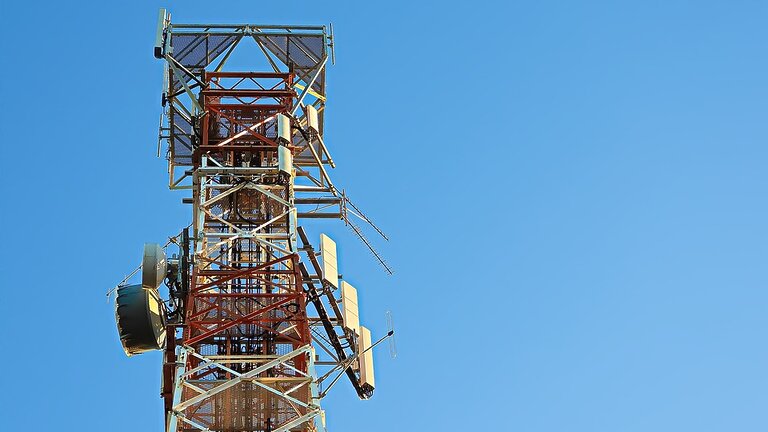Improving Your Skype Call Quality: Top Strategies and Techniques
Table of Contents
- Strategy 1: Check your internet connection
- Strategy 2: Optimize your network settings
- Strategy 3: Close unnecessary applications
- Strategy 4: Update Skype and your device's software
- Strategy 5: Adjust Skype audio and video settings
- Strategy 6: Use a wired connection instead of Wi-Fi
- Strategy 7: Troubleshoot audio and video issues
- Strategy 8: Upgrade your hardware
Strategy 1: Check your internet connection
Having a stable and reliable internet connection is crucial for a good Skype call quality. Follow these steps to check your internet connection:
- Ensure you are connected to the internet.
- Run an internet speed test to measure your upload and download speeds.
- If the speeds are significantly lower than expected, contact your internet service provider for assistance.
Strategy 2: Optimize your network settings
Optimizing your network settings can help improve Skype call quality. Consider the following tips:
- Ensure your router firmware is up to date.
- Enable Quality of Service (QoS) settings on your router to prioritize Skype traffic.
- Disable any bandwidth-intensive applications or downloads during your Skype call.
Strategy 3: Close unnecessary applications
Running multiple applications simultaneously can consume system resources and impact Skype call quality. Close any unnecessary applications and processes running in the background to free up resources for Skype.
Strategy 4: Update Skype and your device's software
Outdated software can sometimes cause compatibility issues and affect Skype call quality. Follow these steps to update Skype and your device's software:
- Open Skype and go to the "Help" or "Settings" section.
- Check for any available updates and install them.
- Similarly, check for updates for your device's operating system and install them.
Strategy 5: Adjust Skype audio and video settings
Customizing your Skype audio and video settings can significantly enhance call quality. Here's how:
- Open Skype and go to the "Settings" or "Preferences" section.
- Adjust the microphone and speaker volume levels.
- Enable automatic adjustments for audio and video settings.
- Optimize video resolution and frame rate based on your internet connection.
Strategy 6: Use a wired connection instead of Wi-Fi
Wi-Fi connections can sometimes be less stable than wired connections. If possible, connect your device to the internet using an Ethernet cable for a more reliable Skype call experience.
Strategy 7: Troubleshoot audio and video issues
If you encounter audio or video issues during Skype calls, try these troubleshooting steps:
- Ensure your microphone and camera are properly connected to your device.
- Check if the correct microphone and camera are selected in Skype's settings.
- Restart your device and relaunch Skype.
- Test your audio and video settings with the Skype test call feature.
Strategy 8: Upgrade your hardware
If all else fails, consider upgrading your hardware components for better Skype call quality. This may include upgrading your internet plan, investing in a higher-quality microphone or camera, or upgrading your device's processor and RAM.
By implementing these strategies and techniques, you can significantly improve your Skype call quality and enjoy seamless and uninterrupted communication with others.
